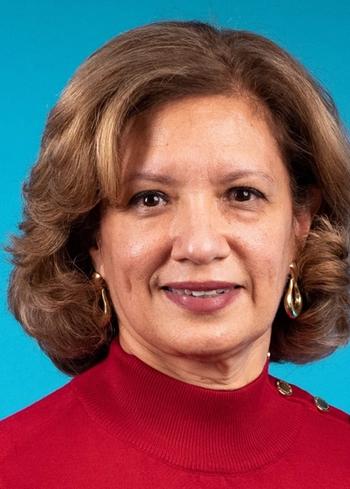
Health Insurance Coverage Has Little Effect on Childhood Cancer Survival
Children covered by Medicaid when diagnosed with cancer have similar survival rates compared with children with private insurance, according to a new study. Evidence shows a slightly increased risk of cancer death among uninsured children, which may be related to a more advanced stage at diagnosis.
Children covered by Medicaid when diagnosed with cancer have similar survival rates compared with children with private insurance, according to a new study. Evidence shows a slightly increased risk of cancer death among uninsured children, which may be related to a more advanced stage at diagnosis.
An estimated 10,270 US children younger than 15 years of age will be diagnosed with cancer in 2017, with 1,190 deaths projected. Survival rates may differ based on cancer type and race/ethnicity, but the association between health insurance status and childhood cancer survival has not been well-studied.
“Prior studies have suggested that adolescents and young adults who were uninsured or covered by Medicaid had poor survival after cancer diagnosis. We wanted to evaluate if health insurance coverage (as well as the type of coverage) has an impact on cancer mortality in children,” said study co-author Rohit P. Ojha, DrPH, of the Center for Outcomes Research at JPS Health Network in Fort Worth, Texas.
The researchers published their
They examined information from the Surveillance, Epidemiology, and End Results (SEER) cancer registry, specifically looking at data on cancers diagnosed among children younger than 15 years old from 2007 to 2009. Among 8,219 individuals with childhood cancers (131 without insurance, 2,838 with Medicaid, and 4,297 with private insurance) who were followed for 5 years, the average survival was 1.32 months shorter for uninsured children and 0.62 months shorter for children with Medicaid, when compared with those with private insurance, with a possibly increased hazard of cancer death for 10- to 14-year-olds with Medicaid coverage.
Children who were uninsured had a 26% higher risk of cancer death than those who were privately insured at diagnosis, whereas the risk for those with Medicaid was similar to those with private insurance at diagnosis. Uninsured children were more likely to be diagnosed at a distant stage than privately insured children, and in turn have a higher risk of cancer death than those with a localized stage at diagnosis. The researchers pointed out that the number of uninsured children was very small, and therefore this result may be due to chance and should be interpreted with caution.
“Our findings support the idea that Medicaid is comparable to private insurance for kids with cancer, meaning that, in this setting at least, it is not inferior. This contributes to policy discussion on Medicaid expansion by providing evidence that public outlays on Medicaid are well spent,” said senior author Kimberly J. Johnson, MPH, PhD, of Washington University School of Medicine in St. Louis.
This mortality finding is consistent with prior reports suggesting that children on Medicaid or a state’s Children’s Health Insurance Program have healthcare access that is comparable to that of children with private health insurance, the researchers noted.
Longer follow-up may provide additional insights into whether these patterns are sustained. “If our results are valid, then national or state healthcare policies that provide at least coverage with Medicaid for otherwise uninsured children may improve overall survival for children diagnosed with cancer,” they stated.
Newsletter
Stay up to date on recent advances in the multidisciplinary approach to cancer.
















































































